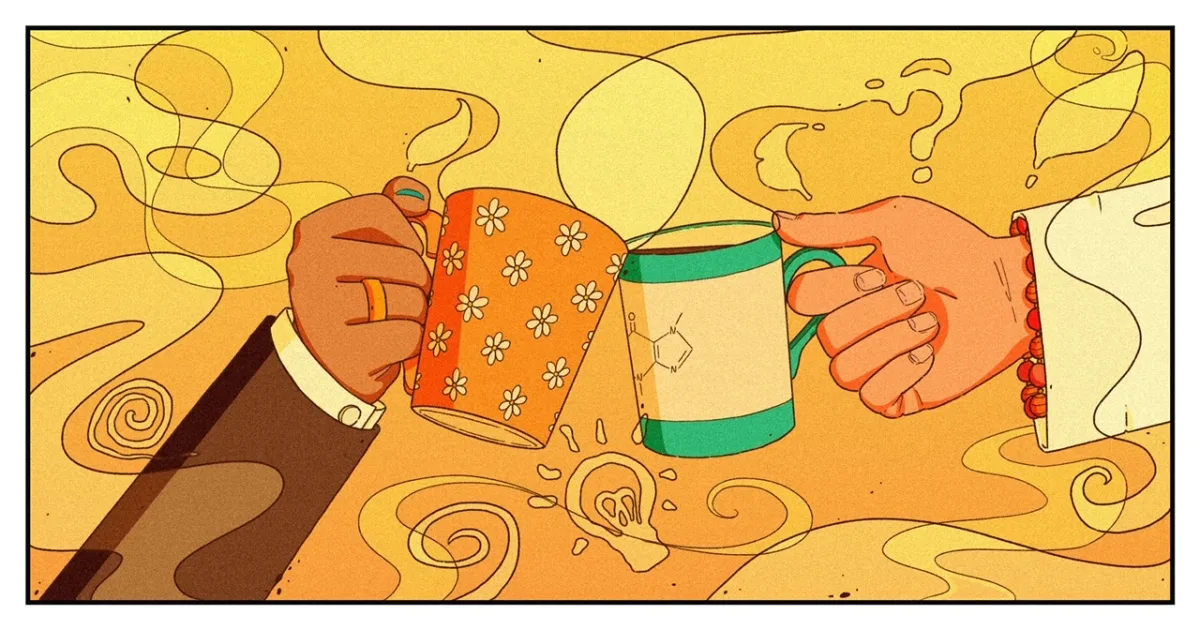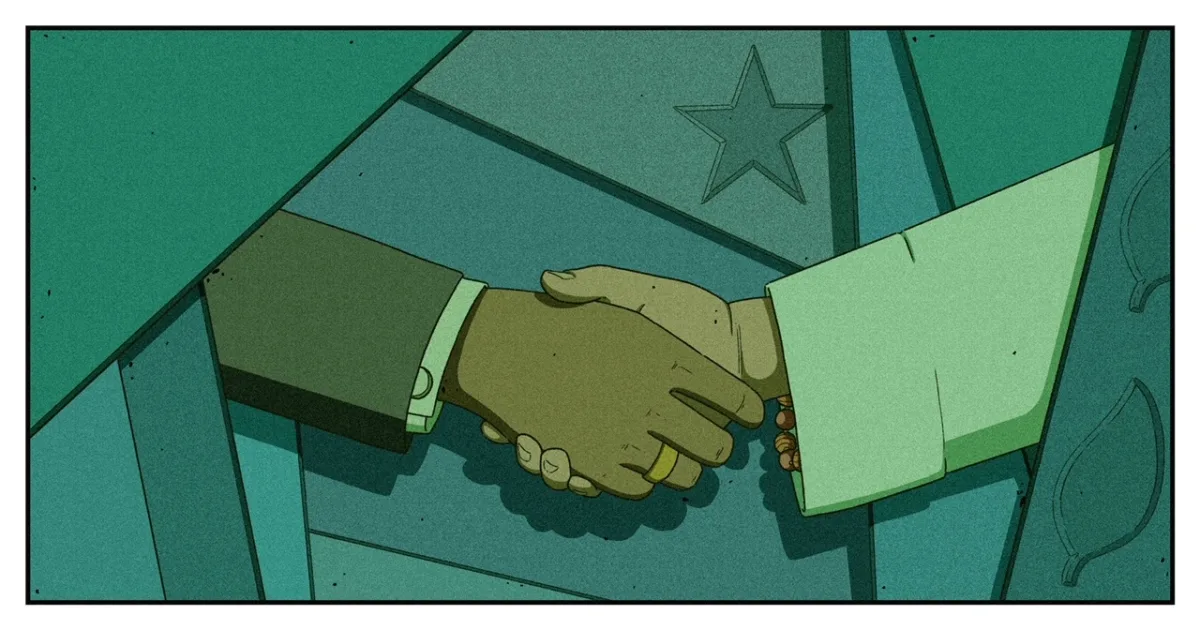This is where we look back and look forward. We’ll get feedback about the project from two sources: from you and from our own team.
Normally we’ll ask you for feedback via a questionnaire, to understand what we did well and what we could do better.
We’ll gather team members’ opinions about how the project was run. Then we’ll look at resources – water, energy, single-use materials, chemicals, transport and so on. Time is an important consideration too, so we’ll assess our deadlines and the number of hours we’ve put into the project. By analyzing all these factors at the same time, we’re able to identify areas where we can be more efficient both in business and environmental terms.
The outcomes are then presented to the whole of our organization – with cake, as per CR tradition – to help us learn and progress.
Dealing with the material and immaterial
Finally, it’s time to deal with materials. Research materials are handled according to our agreement with you. They’ll either be returned to you, stored for use in future research, recycled, or otherwise disposed of in accordance with environmental regulations. Confidential paper documents are shredded and recycled. Our clients often want us to hold on to lab books and final reports for future reference, but we’ll decide on that together. As well as protecting your data, we’re conscious of the need to minimize our digital footprint.
Two cakes that go well with this
In the Fika to Fika process, we have come to the cakes of cakes: the Wrap-Up Cake but also The Liability Cake. Both are relevant and we suggest you visit both. The recipes can be found in our book but also if you contact one of us. Contacting us is also a good way of starting the process again. Let’s fika and do better!










